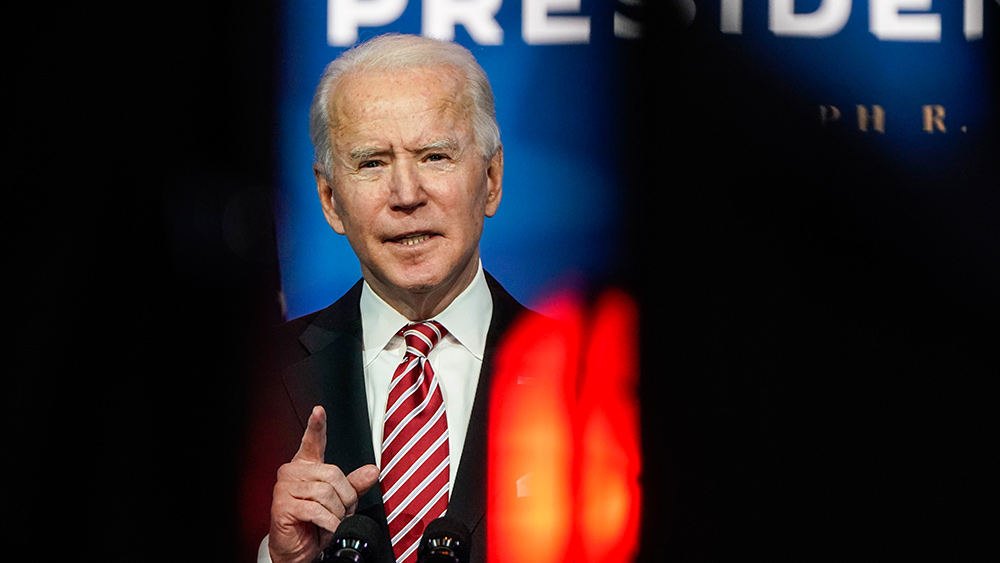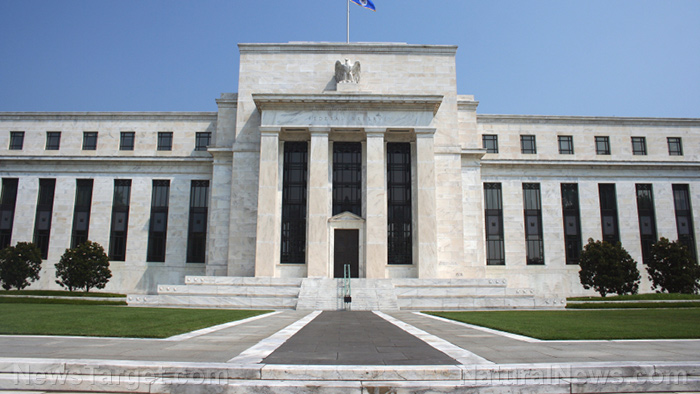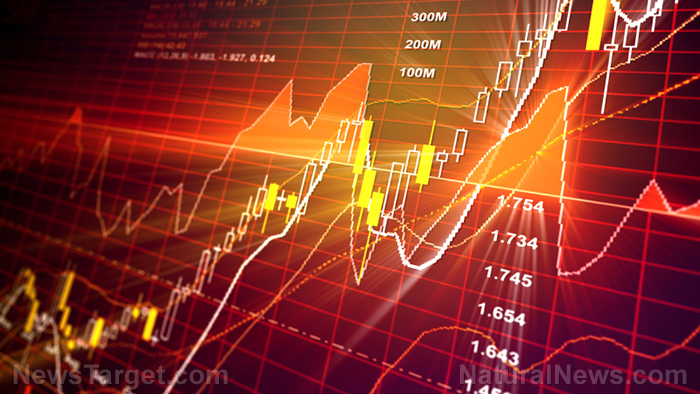Investors are shunning the dollar and turning to gold
08/06/2020 / By Franz Walker

The price of gold hit an all-time high this past Wednesday. A weakening dollar injected new momentum into a rally initially driven by uncertainty about the world economy.
Prices of the yellow metal have risen for 13 of the past 14 days. A 1.1 percent gain led it to an all-time high of $2,040 a troy ounce. In addition to gold, silver also saw gains with a fourth day of records, rising 3.7 percent to $26.95, which brings its 2020 increase to more than 50 percent.
The gains came as some investors grew nervous following several months where the stock market has recovered most of its losses from the pandemic, while the yield on government debt in the most economically advanced countries fell down to zero.
“Markets have discounted so much good news that valuations are looking stretched, whilst downside risks to earnings remain,” said Pictet Asset Management’s chief strategist Luca Paolini. “Bonds look even more expensive, offering the worst value in two decades. Gold is at all-time highs but strong fundamentals and demand for diversifying assets imply further gains.”
Weakening dollar buoys gold
Gold’s rising price has been driven in part by a decline in the dollar, which has made the precious metal much more attractive to investors overseas. Dollar values have declined as the Federal Reserve (the Fed) continues to expand its balance sheet, buying more assets through quantitative easing. This increases the money supply as the Fed creates dollars to buy these assets.
Historically, the expansion of the Fed’s balance sheet has come with a matching increase of the price of gold.
“If you look at the last time that the Fed expanded its balance sheet on a significant level, during the last recession, what we saw was gold rising in tandem along with the expansion of the Fed balance sheet,” stated Kitco News’s Davin Lin, in reference to the Great Recession. “In fact, during the years 2009 to 2011, that three year period gold rose 200 percent.”
Peter Schiff, CEO of Euro Pacific Capital, agrees, adding that the only reason that the price of gold stopped increasing back then was that markets believed that the Fed could back out of its policies.
Gold’s traditional inverse relationship with the dollar had actually frayed this year – both assets benefited from haven buying during the coronavirus pandemic. However, this relationship is now reasserting itself, a factor that, according to UBS Group precious-metal strategist Joni Teves, will boost the precious metal’s value in the coming months if the dollar continues to slide.
In addition to the dollar’s weakening value as the Fed continues to print more of it, other worries have also driven investors to gold. The gloomy outlook of the world economy, a decline in interest rates as well as rising tension between China and the U.S. are all helping drive the surge.
“There are still a lot of things to be worried about, which is why gold is attracting all this attention and all this money,” explained David Govett, head of precious metals at commodities brokerage Marex Spectron.
“You’re seeing money slipping out of the stock market or out of other assets and just eking into gold,” he added. “Gold, as a small market, is moving a long way as a result.”
Bull run fueled by strategic interest and not market demand
What makes this bull run interesting compared to previous ones, however, is that the state of demand for the physical metal itself is still fragile. A combination of economic uncertainty and pandemic lockdowns have crimped jewelry purchases in India and China, normally two huge markets for gold bullion. (Related: Credit card companies now blocking Americans from buying gold or silver.)
“The move in gold this year has really been driven by rising strategic interest,” said UBS’s Teves. Noting that investors who were previously uninterested in the yellow metal are now buying it. She stated that this could lift prices above $2,000 an ounce within six months.
So far, a burst of buying from these investors has more than offset the lack of jewelry demand. However, Teves warns that if financial demand dries up, prices could fall without the physical consumption of the metal.
Meanwhile, Govett warns that the rice of gold could be knocked off course if ever there’s ever a correction in the stock market that results in investors selling precious metals to meet margin calls.
Schiff, however, believes otherwise, stating that such a correction has already happened. In fact, he believes that the price of the precious metal could go even higher in the coming years, stating that the Fed currently has no way to reduce the size of its balance sheet.
Learn more about how the supply of U.S. dollars influences the price of gold over at MoneySupply.news.
Sources include:
Tagged Under: bull market, Collapse, coronavirus, covid-19, dollar, fiat currency, finance, financial collapse, gold, Gold Bullion, markets, pandemic, Precious Metals, risk, trading
RECENT NEWS & ARTICLES
COPYRIGHT © 2017 NATIONAL DEBT NEWS




















